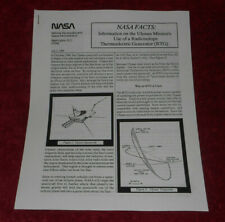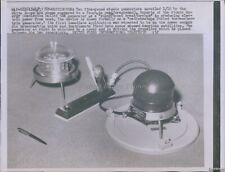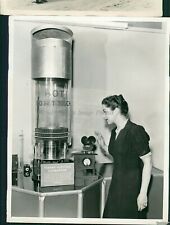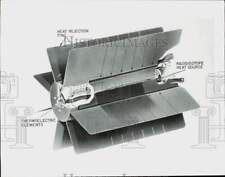
An incredible 60 percent of the energy that goes into an automotive combustion cycle is lost, primarily to waste heat through the exhaust and radiator system. It’s no surprise then that physicists are looking at how to harness this wasted thermal energy and convert it into electricity via thermoelectric devices.
Speaking at the NanoTX ’07 conference, Clemson University physicist Terry Tritt told attendees that even at the current efficiencies of thermoelectric devices (7 to 8 percent), more than 1.5 billion gallons of diesel could be saved each year in the U.S. if thermoelectric generators were used on the exhausts of heavy trucks.
“Thermoelectric generators are currently used in NASA’s deep-space probes to convert the heat of radioactive elements to electrical energy, powering these systems for over 30 years,” Tritt said. “Thermoelectric energy conversion is a solid-state technology that is environmentally friendly. One of the more promising ‘down-to-earth’ applications lies in waste-heat recovery in cars.”
Tritt heads up the Department of Energy’s Center of Excellence in Thermoelectric Materials Research at Clemson. The center focuses on the next generation of thermoelectric materials for power conversion and refrigeration. Researchers in physics, materials science and chemistry screen promising new classes of materials in order to achieve higher-performance thermoelectric materials. DOE recently renewed the program with more than $1 million a year in research funding for the next three years.
Related articles:
Organic Molecules Coaxed Into Thermoelectric Generation
Cost Breakthrough For Inorganic Solar Cells
















Comments are closed.